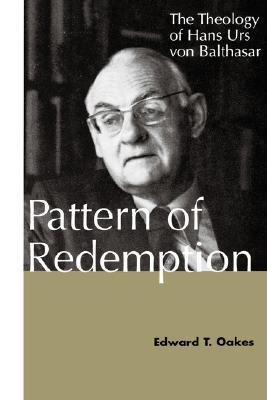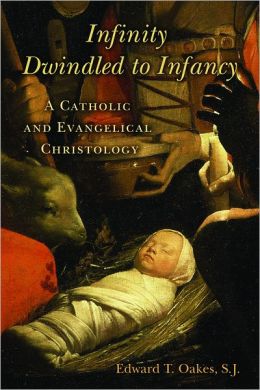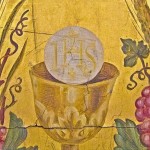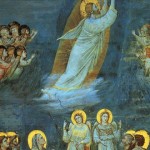
Something that happened a few days ago warmed my worried heart a bit. The University of Washington has highly visible smoking areas. The university puritanically reasons that the stigma of being on public display will discourage people from smoking on campus. It seems to have the opposite effect. Smokers congregate around these places as pariahs who exchange stories with their confreres.
The episode that unfolded before me is one such exchange. It occurred between a middle class white science geek in his 20’s and an older homeless African American man. The camaraderie of the whole smoking area setup led to a free flowing conversation. Somehow it turned to the physics of light. I only caught snippets of it, because the science geek wasn’t sparing his listener any of the technical jargon. It’s as if the rise of the tobacco incense had somehow erased all differences of scientific expertise and training between the two.
There was talk of photons, whether matter exists or not, or what it means to say either.
I felt a little like I did after starting Stratford Caldecott’s The Radiance of Being: Dimensions of Cosmic Christianity. He doesn’t spare his readers and launches into how contemporary discoveries in physics might be fruitful for Christian theology. Needless to say, I have some homework to do.
But back to the high octane conversation between the student and the homeless man. They turned to looking for examples in the real world as they continued to raise a smell probably not entirely pleasing to the LORD. One of them pointed at a car that was standing under a streetlight. The younger man said, “see, the shadow is a lack of light.” But the older man responded with, “yes, but the dark comes from the light.”
The conversation stopped shortly thereafter, they exchanged names, shook hands, and went their separate ways.
Thinking about this curious exchange reminded me of von Balthasar’s Advent piece “Into the Dark with God” that was published long ago with the now defunct (alas!) Godspy website (the piece originally appeared in the collection of HUvB sermons You Crown the Year with Your Goodness).
The sermon moves in the same direction, from light to dark, as what the homeless man said and a challenging von Balthasar inspired phenomenology of Christian life I’ve been reading recently. Here’s an excerpt:

“So they set off, heaven behind them, and the earthly sign before them. But, Lord, what a sign! Not even the Child, but a child. Some child or other. No special child. Not a child radiating a light of glory, as the religious painters depicted, but on the contrary: a child that looks as ‘inglorious as possible. Wrapped in swaddling clothes. So that it cannot move. It lies there, imprisoned, as it were, in the clothes in which it has been wrapped through the solicitude of others. There is nothing elevating about the manger in which it lies, either, nothing even remotely corresponding to the heavenly glory of the singing angels. There is practically nothing even half worth seeing; the destination of the shepherds’ nightly journey is the most ordinary scene. Indeed, in its poverty it is decidedly disappointing. It is something entirely human and ordinary, something quite profane, in no way distinguished—except for the fact that this is the promised sign, and it fits.
The shepherds believe the word. The word sends them from heaven and to earth, and as they proceed along this path, from light to darkness, from the extraordinary to the ordinary, from the solitary experience of God to the realm of ordinary human intercourse, from the splendor above to the poverty below, they are given the confirmation they need: the sign fits. Only now does their fearful joy under heaven’s radiance turn into a completely uninhibited, human and Christian joy. Because it fits. And why does it fit? Because the Lord, the High God, has taken the same path as they have: he has left his glory behind him and gone into the dark world, into the child’s apparent insignificance, into the unfreedom of human restrictions and bonds, into the poverty of the crib. This is the Word in action, and as yet the shepherds do not know, no one knows, how far down into the darkness this Word-in-action will lead. At all events it will descend much deeper than anyone else into what is worldly, apparently insignificant and profane; into what is bound, poor and powerless; so much so that we shall not be able to follow the last stage of his path. A heavy stone will block the way, preventing the others from approaching, while, in utter night, in ultimate loneliness and forsakenness, he descends to his dead human brothers.”
This sermon is especially poignant to me, because I’ve reached a point where these words echo too much with my own depressing experience:
“From a worldly point of view everything may seem very dark; your dedication may seem unproductive and a failure. But do not be afraid: you are on God’s path. ‘Let not your hearts be troubled: believe in God; believe also in me.’ I am walking on ahead of you and blazing the trail of Christian love for you. It leads to your most inaccessible brother, the person most forsaken by God. But it is the path of divine love itself. You are on the right path. All who deny themselves in order to carry out love’s commission are on the right path.”
[Read the rest of this sermon here in the Godspy archives.]
I sometimes wonder how far away our family of five is from homelessness. The difference between a modicum of respectability and being an outcast is very thin these days, at least for me. I suppose that’s the reason why I don’t feel much compunction about giving whatever money I might have to the homeless without wondering what they’ll spend it on. I mean, even if they do purchase booze, maybe it’ll work itself out somehow in the plans of Providence? Who am I to judge the God who goes from light to dark?

Finally, all of this brings me to the sad news that Fr. Edward T. Oakes has died. He was my favorite out of all the longtime contributors to First Things. Fr. Oakes frequently liked to write thorough, but nonetheless somehow entertaining, long-form articles. I best remember him for the essays about ignored or misunderstood personalities such as Pascal and Peirce. He is also the person who introduced me to the thought of von Balthasar with his classic Pattern of Redemption: The Theology of Hans Urs von Balthasar. I can’t think of a better one-volume guide into the Swiss theologian’s forest of publications than this one. Fairly recently he also published an Advent themed ecumenical work entitled Infinity Dwindled to Infancy: A Catholic and Evangelical Christology. He will be greatly missed.
Requiem aeternam dona eis, Domine: et lux perpetua luceat eis.
BOOKS MENTIONED IN THIS POST:















